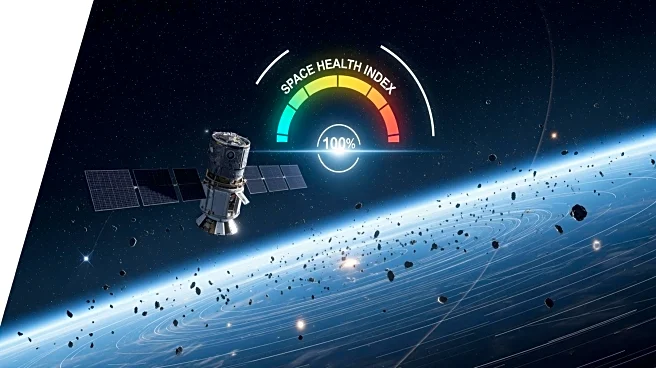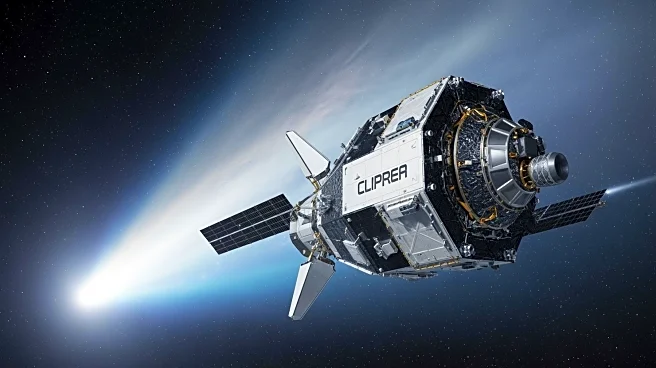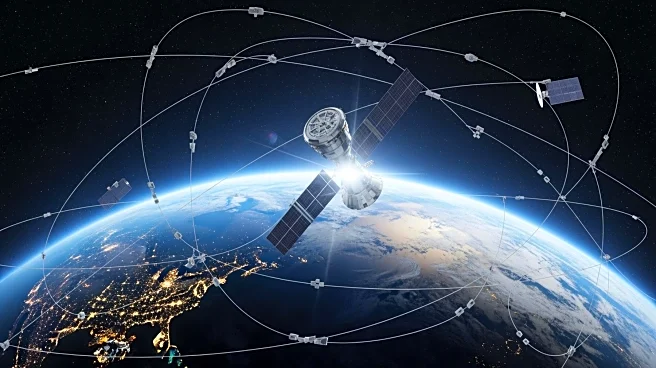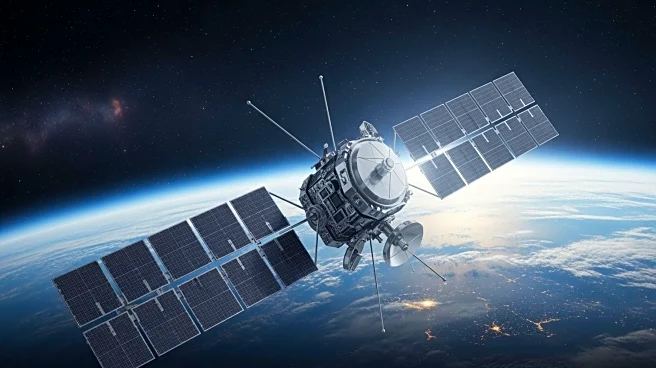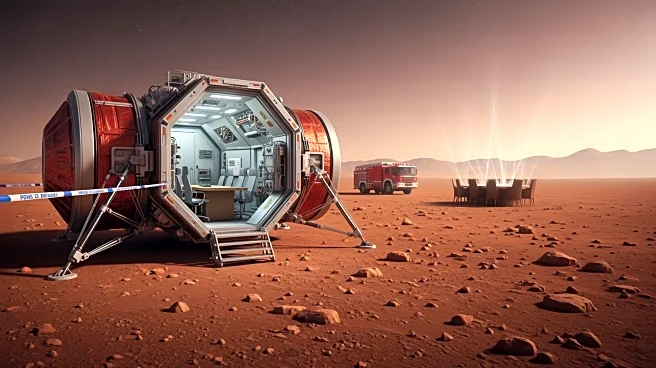What's Happening?
The European Space Agency's Swarm mission has identified a growing weak spot in Earth's magnetic field, known as the South Atlantic Anomaly (SAA), which is expanding across the Atlantic Ocean towards Africa.
This anomaly, first discovered in 1958, poses a risk to satellites and spacecraft due to increased radiation exposure. The Swarm mission, which has been studying the magnetic field for 11 years, attributes the anomaly's growth to unusual behaviors at the boundary between Earth's liquid outer core and the rocky mantle. The mission also noted changes in other parts of the magnetic field, with weakening over Canada and strengthening over Siberia.
Why It's Important?
The expansion of the South Atlantic Anomaly has significant implications for satellite operations and space exploration. Increased radiation exposure in this region can lead to malfunctions or damage to satellites, affecting communication, navigation, and other critical services. The findings from the Swarm mission highlight the need for space agencies to consider these anomalies when designing future spacecraft. Understanding the dynamics of Earth's magnetic field is crucial for predicting and mitigating potential impacts on technology and infrastructure.
What's Next?
The Swarm mission will continue to monitor the Earth's magnetic field, providing valuable data for understanding its changes. This ongoing research is essential for developing strategies to protect satellites and spacecraft from radiation damage. As the anomaly continues to expand, space agencies may need to adapt their designs and operational strategies to mitigate risks. The insights gained from the Swarm mission could also inform broader scientific efforts to understand the Earth's geophysical processes.
Beyond the Headlines
The study of the South Atlantic Anomaly offers a glimpse into the complex interactions within Earth's interior. These findings could lead to a deeper understanding of the planet's magnetic field and its role in protecting life on Earth. The research also underscores the importance of international collaboration in addressing global challenges, as the data collected by the Swarm mission is shared among scientists worldwide. This collaborative approach is vital for advancing our knowledge of Earth's dynamic systems.



